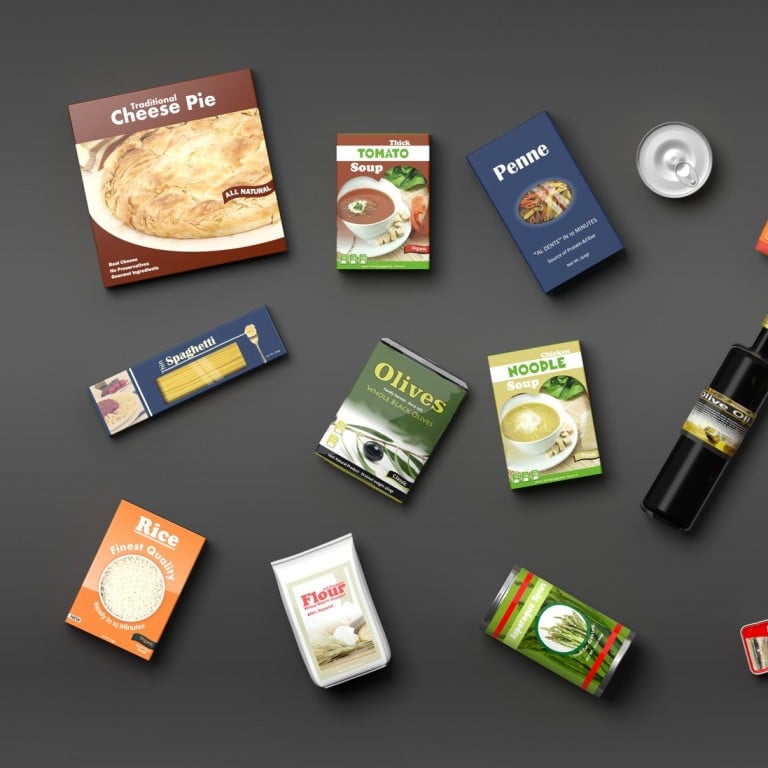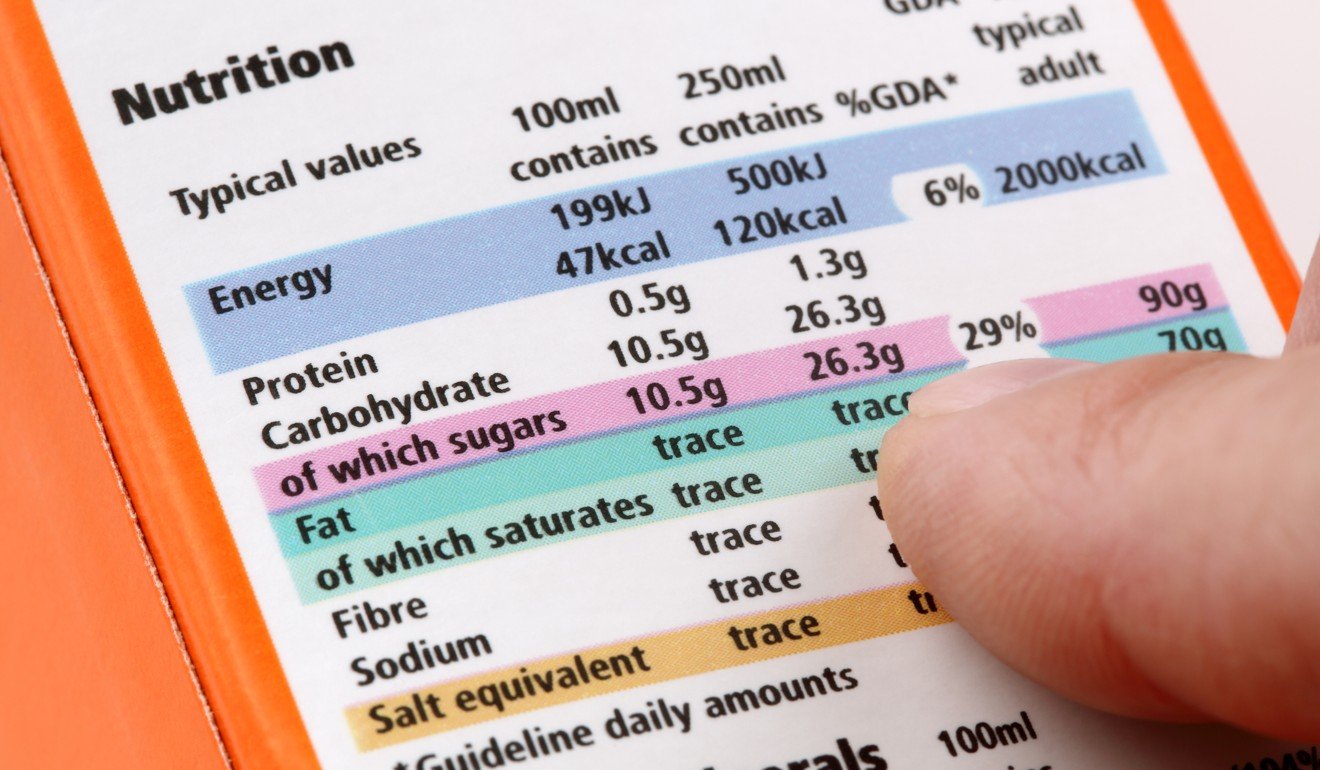Opinion / Food packaging decoded: how to unpack that mind-boggling list of ingredients

When you are walking down the grocery aisle, which components of the food packaging catch your eye? The logo, the product image, the slogans or the colours? Are there statements on the wrappers that resonate with you, such as “Asia’s favourite” or “Better than the leading brand”?
The front of a package is usually packed with information, and it’s not always easy to absorb what is presented. Choosing food has become more challenging for consumers as food companies promote their products in increasingly different ways.
Are food companies deliberately deceiving their customers? Not necessarily. Often, a specific type of product is manufactured in response to nutrition trends and/or to meet consumer needs. However, statements such as “Asia’s favourite” and “Better than the leading brand” are opinions rather than facts backed by evidence.
To decode a food product, consumers must understand the basics of food packaging: the front is all about marketing, while the back includes objective and essential information such as nutritional content and the ingredients.
My advice is, look beyond the front of a package and consider the following:
How will you be eating the food?

Context is key. For instance, cheese is high in calcium and protein, which are beneficial to health, but it is also high in calories. Are you going to eat an ounce of cheese to accompany a healthy snack, such as fruit and a few pieces of crackers? Or are you going to load it on to your favourite pasta, thus consuming more calories than you actually need?
Another example is edible oils, such as flaxseed oil, which has omega-3 fats that are essential for maintaining a healthy heart. If you only look at the amount of calories and fat under the nutritional content, you are unlikely to place it in your shopping trolley. But you might buy it if you know you will only be using a small amount of the oil in your food.
Is the food “healthy”?

Some food products give the illusion that they are healthier than others because they include ingredients known for their benefits. Crisps are a classic example: those cooked with olive oil, which contains healthy fats, may seem a better choice than the kind made with vegetable oil.
The question is: are crisps good for you? Whether they are made with vegetable or olive oil, crisps are not considered to have high nutritional value in relation to the amount of calories they contain, so one needs to keep portions in check.
Look at the list of ingredients

Be a food detective by reviewing the ingredients list. They are listed based on their weight, from the most to the least. Does the product have added sugar, sodium and/or fat? Are there ingredients you cannot pronounce or do not know? How far down the list are the additives?
It is better if the list is short and you can recognise all the ingredients. Whenever possible, purchase whole, unprocessed foods such as fresh produce and meats that do not have long ingredient labels.
Are the ingredients naturally occurring or added?

In addition to browsing the ingredients, analyse whether they are naturally occurring or added. For instance, some granola bars and white pasta come wrapped in packages that claim these products are fibre-rich. But if you look closely, you may see the words “inulin” and/or “oat hull fibre” on the ingredients list – these are isolated fibres commonly added to boost fibre content. Of course, naturally-occurring ingredients are always better.
Compare serving sizes

Finally, the nutritional information presented on a product is based on a certain serving size. Depending on your preference for serving size, you might need to do some quick maths to figure out how much of the stated nutrients you will be getting.
Want more stories like this? Sign up here. Follow STYLE on Facebook, Instagram and Twitter

From pasta to chocolate, your supermarket is lined with attractively packaged products, but consumers need to look closely at the ingredients list